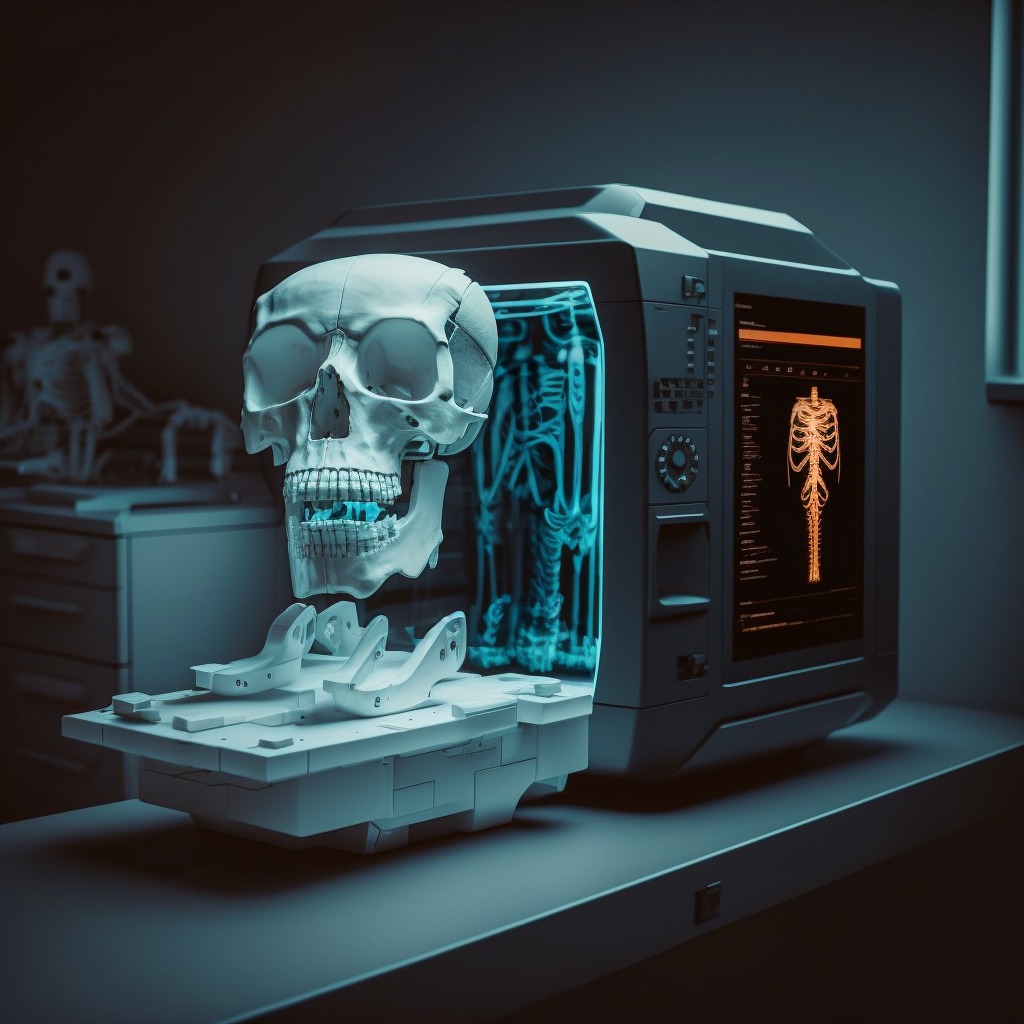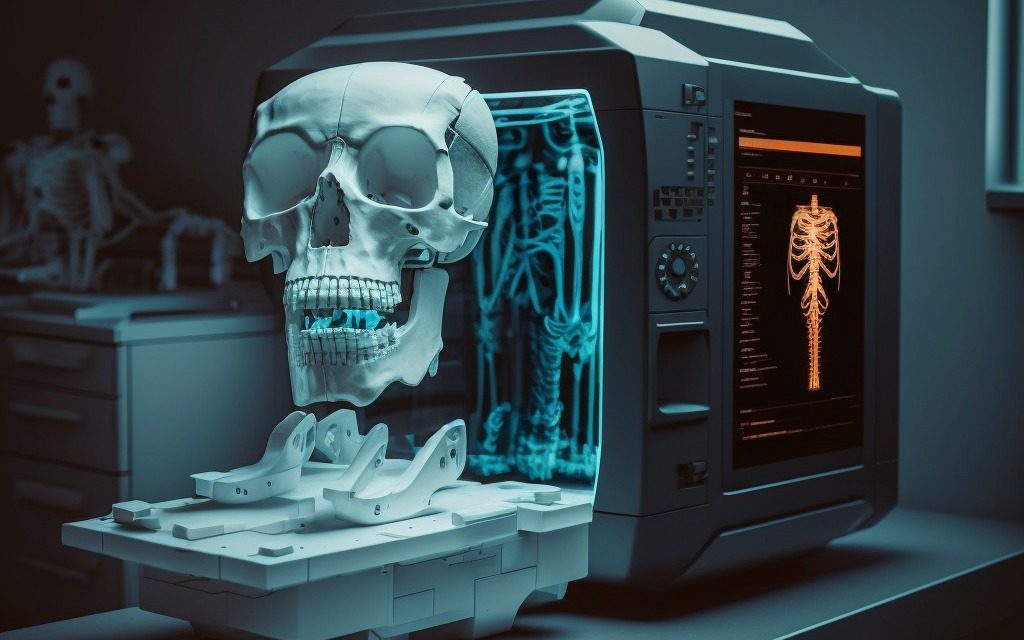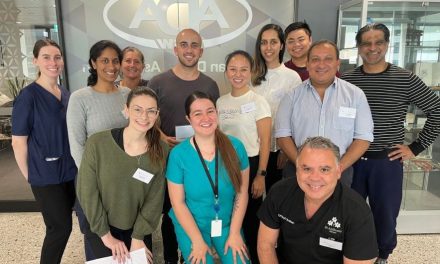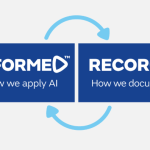
More than one quarter of research and development efforts in artificial intelligence (AI) in dentistry are in radiology and imaging diagnostics, which has application in all dental specialisations. Recently, various valuable reviews were published that concluded that the AI approach to imaging technology is profoundly changing the established protocols of diagnosis in dentistry.
One of the applications of AI in dentistry is the use of deep learning to develop advanced imaging technologies and diagnostic tools that improve the accuracy and efficiency of dental diagnosis. However, despite its revolutionising potential, AI solutions are not yet part of routine dental practice for multiple, as yet unsolved reasons: the various difficulties of accessing and codifying complicated dental radiographic and other dental data; the need for continuous human oversight and standards based on evidence; ethical considerations around the use of data; the requirement for technical knowledge and acceptance of the dental profession.
In this article we consider the technology ‘computer vision’ which is based on deep learning, a form of artificial intelligence.
Computer Vision – AI that can Dramatically Improve Dental Imaging
The term ‘computer vision’ refers to a field of deep learning that focuses on the development of algorithms and systems that can interpret and understand visual data from the world around us. This includes tasks such as image and video recognition, object detection and tracking, and scene understanding.
Computer vision algorithms are typically trained on large datasets of labelled images, videos, and other visual data of teeth, oral cavity and other dental structures. This allows the algorithms to learn to recognise and classify different objects and scenes. Once trained, these algorithms can be used to process and analyse the minutiae of visual data in real-time.
A convolutional neural network (CNN) is a type of deep learning algorithm that is commonly used in the field of computer vision. CNNs are based on the structure of the human visual system, and are composed of multiple layers of interconnected ‘neurons’. A layer is a group of interconnected neurons that perform a specific task. Each neuron in a layer receives input from other neurons in the previous layer, processes the input using a mathematical operation, and then passes the result to the next layer. In dentistry specific applications include identifying tooth decay, detecting dental anomalies and recognising different types of dental materials. CNNs can provide an added value and decision support tool for dental imaging for example because they can detect micro features much more precisely than the human eye, thereby helping clinicians to make more accurate diagnoses and improve patient outcomes.
Computer vision algorithms typically use digital images as input, and these images are typically captured using digital cameras or other imaging devices. Digital images are composed of pixels, which are tiny individual elements that can be individually assigned colours or intensities.
In order to capture images for use with computer vision algorithms, a digital camera or other imaging device is used to record the colours and intensities of the light that is reflected off of the objects in the scene. This light is focused onto a light-sensitive sensor, which converts the light into a digital representation of the image.
A Stepping Stone to Computer Vision
CBCT improves diagnostic capabilities of dentists, but computer vision is a potential gamechanger.
Cone-beam computed tomography (CBCT) is a type of imaging technology that uses X-rays to produce high-resolution 3D images of the teeth and surrounding structures. This allows for the detection of tooth root canal spaces and periapical areas, and can be used for the evaluation of dental infection and pathology. Whilst it is related to computer vision in that it involves the processing and analysis of visual data, CBCT is not typically considered to be a type of computer vision.
However, compared with traditional imaging methods, CBCT offers several advantages. It produces detailed images without distortion or superimposition of structures, and allows for the import and export of digital imaging and communications in medicine (DICOM) data for other applications. In addition, CBCT is associated with a lower radiation dose compared to medical computed tomography (CT), making it safer for patients.
One challenge in the use of CBCT is the need for large amounts of high-quality training data in order to train the AI algorithms that are used to interpret the images. However, recent advances in deep learning have made it possible to train neural networks on large datasets, and this is enabling the development of more accurate and reliable CBCT systems for dental diagnosis.
In contrast, computer vision algorithms are typically trained on digital images, which are composed of pixels that can be individually assigned colours or intensities. CBCT image data is not directly compatible with computer vision algorithms, and must be processed and converted into a suitable format before it can be used as input for these algorithms.
Conclusion
The current status of AI in dental imaging and diagnosis is that there is widespread use amongst practitioners of x-ray to 3D scans, which provides a better experience for, and assists in communication with patients. There is very limited use among practising clinicians of AI in computer vision, such as CNN. This latter area is the one which will provide greater assistance to diagnosis and improve patient outcomes, and practitioners are wise to learn about these capabilities as the technologies develop.
What do you think about the potential impact and benefits of AI in the dental profession? Is learning about AI on your list for personal professional development? How interested are you in using AI in your practice?
Michelle Mason
m.r.mason04@gmail.com
Sources:
Adnan, N., Umer F. (2022), Understanding Deep Learning – Challenges and Prospects, eCommons@AKU
Thurzo A et al (2022), Where is the Artificial Intelligence Applied in Dentistry? Systematic Review
Ezhov, M., et al (2021), Clinically Applicable Artificial Intelligence System for Dental Diagnosis with CBCT












